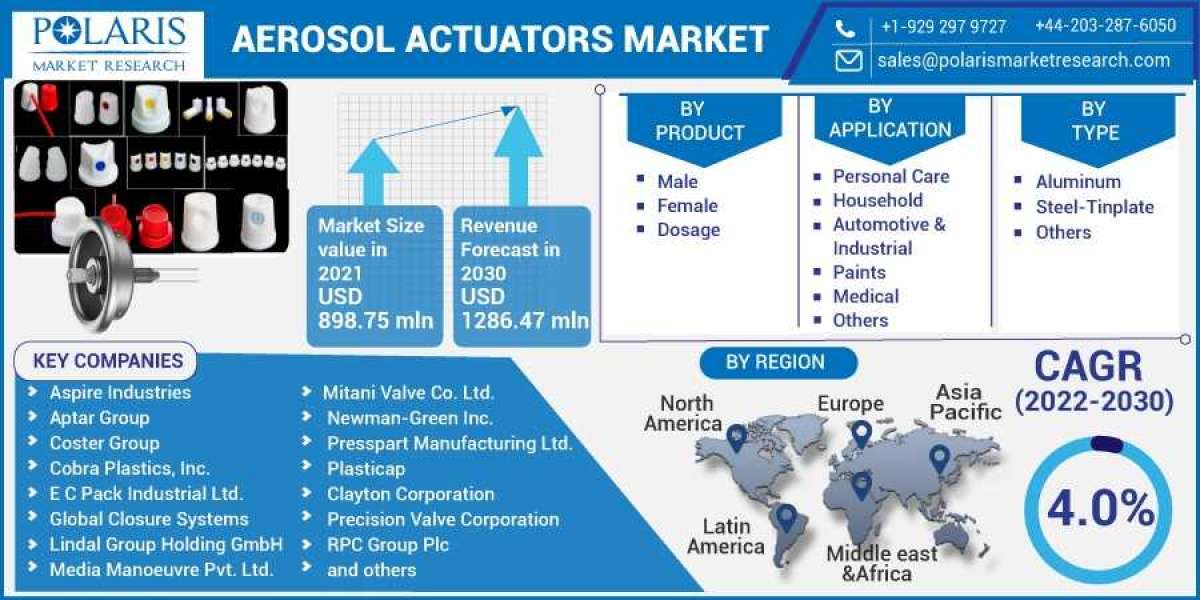In the modern digital landscape, Infrastructure as a Service (IaaS) has emerged as a critical component of business strategy. Companies are increasingly leveraging IaaS solutions to optimize their operations, reduce costs, and enhance scalability. At IT Vortex, we understand the transformative power of IaaS and how it can reshape your business framework. This article delves into the intricacies of IaaS, its benefits, and how it can be effectively implemented in your organization.
Understanding Infrastructure as a Service (IaaS)
Infrastructure as a Service is a cloud computing model that delivers virtualized computing resources over the internet. Unlike traditional models, where businesses must invest heavily in physical hardware, IaaS provides on-demand access to computing power, storage, and networking capabilities. This model enables businesses to focus on their core competencies while outsourcing the underlying infrastructure.
Key Components of IaaS
Virtual Machines (VMs): At the heart of IaaS are virtual machines, which allow organizations to run multiple operating systems on a single physical server. This virtualization optimizes resource utilization and reduces hardware costs.
Storage: IaaS solutions offer scalable storage options, including block storage, file storage, and object storage. Businesses can dynamically adjust their storage capacity based on current needs without upfront investment.
Networking: IaaS providers typically offer robust networking capabilities, including virtual networks, firewalls, and load balancers, ensuring secure and efficient data transfer across the cloud.
Management Tools: Comprehensive management interfaces allow businesses to monitor and control their infrastructure resources effectively, providing insights into performance and cost management.
Benefits of Adopting IaaS
Cost Efficiency
One of the most significant advantages of IaaS is its cost-effectiveness. Organizations can eliminate the substantial upfront costs associated with purchasing and maintaining physical hardware. Instead, they can pay for only the resources they use, resulting in predictable monthly expenses. This pay-as-you-go model enables businesses to allocate budgets more efficiently and invest in growth opportunities.
Scalability and Flexibility
IaaS solutions are inherently scalable, allowing businesses to quickly adjust their resources based on demand. Whether you’re experiencing seasonal spikes or launching a new product, IaaS enables you to scale your infrastructure seamlessly. This flexibility ensures that you can respond to market changes without the delays associated with traditional hardware procurement.
Enhanced Performance and Reliability
Leading IaaS providers invest heavily in state-of-the-art data centers, employing redundant systems to guarantee high availability and reliability. With SLAs (Service Level Agreements) often guaranteeing uptime of 99.9% or more, businesses can rely on IaaS to deliver consistent performance, minimizing downtime and enhancing productivity.
Focus on Core Business Functions
By leveraging IaaS, organizations can offload the complexities of managing physical infrastructure. This allows IT teams to concentrate on strategic initiatives that drive innovation and improve business processes. IaaS fosters an environment where resources can be dedicated to software development, customer engagement, and other core activities.
Implementing IaaS: Best Practices
Assess Your Needs
Before transitioning to IaaS, organizations must conduct a thorough assessment of their current infrastructure requirements. This involves understanding workload demands, identifying peak usage times, and evaluating storage and network needs. By doing so, businesses can select an IaaS solution that aligns with their operational goals.
Choose the Right Provider
Selecting a reputable IaaS provider is crucial for successful implementation. Factors to consider include data center locations, compliance with industry standards, security measures, and support services. At IT Vortex, we prioritize customer-centric solutions, ensuring that our offerings meet diverse business needs while adhering to the highest standards of security and reliability.
Develop a Migration Strategy
Migrating to IaaS can be complex, and a well-defined migration strategy is essential. This includes planning the migration of applications, data, and user access in a way that minimizes disruptions. Testing the migration process in phases can help identify potential issues before full implementation.
Implement Robust Security Measures
Security is a paramount concern in any cloud deployment. Businesses must ensure that their IaaS provider implements robust security protocols, including data encryption, network security, and regular audits. Additionally, organizations should adopt best practices such as identity and access management to safeguard their resources.
Future Trends in IaaS
As technology continues to evolve, so too will the landscape of IaaS. Emerging trends such as serverless computing, containerization, and edge computing are set to redefine how businesses approach infrastructure management. These innovations promise enhanced efficiency, reduced latency, and improved resource utilization, paving the way for even more dynamic IaaS solutions.
Serverless Computing
Serverless computing allows businesses to run applications without the need to manage servers. This model automatically scales resources based on demand, optimizing performance and cost. IaaS providers are increasingly incorporating serverless capabilities, making it easier for businesses to innovate without worrying about underlying infrastructure.
Containerization
Containerization technologies, such as Docker and Kubernetes, enable developers to package applications and their dependencies into containers that can run on any computing environment. IaaS providers are adopting container orchestration tools to facilitate application deployment, scaling, and management, providing businesses with more flexibility and efficiency.
Edge Computing
With the proliferation of IoT devices and the need for real-time data processing, edge computing is gaining traction. IaaS solutions are evolving to include edge computing capabilities, allowing businesses to process data closer to the source, reducing latency and improving response times.
Conclusion
Infrastructure as a Service is revolutionizing how businesses manage their IT resources. By adopting IaaS, organizations can achieve significant cost savings, enhance scalability, and focus on core business functions. At IT Vortex, we are committed to providing cutting-edge IaaS solutions tailored to meet the unique needs of our clients. Embrace the future of infrastructure management with IaaS and position your business for sustained success in a competitive landscape.







